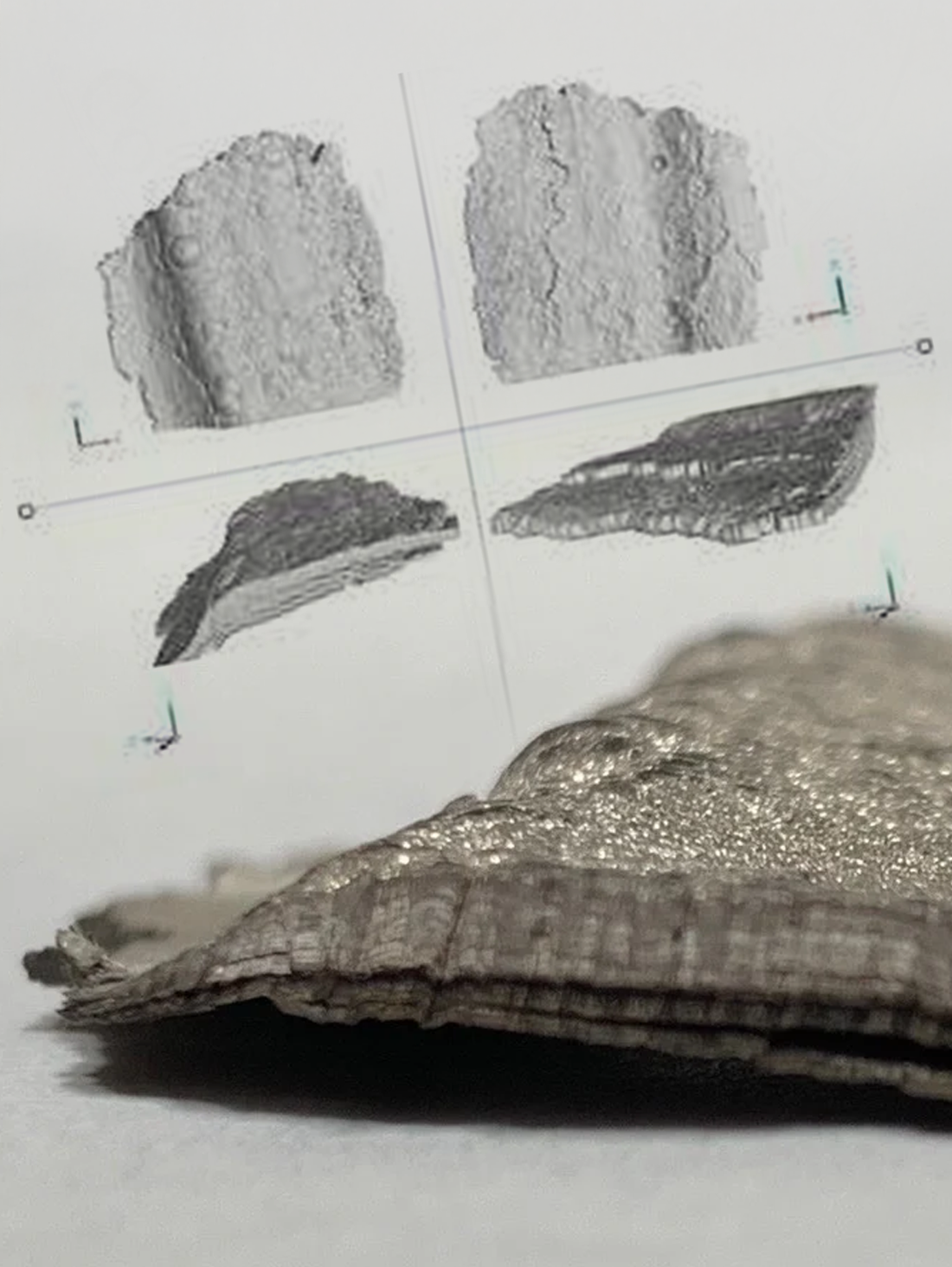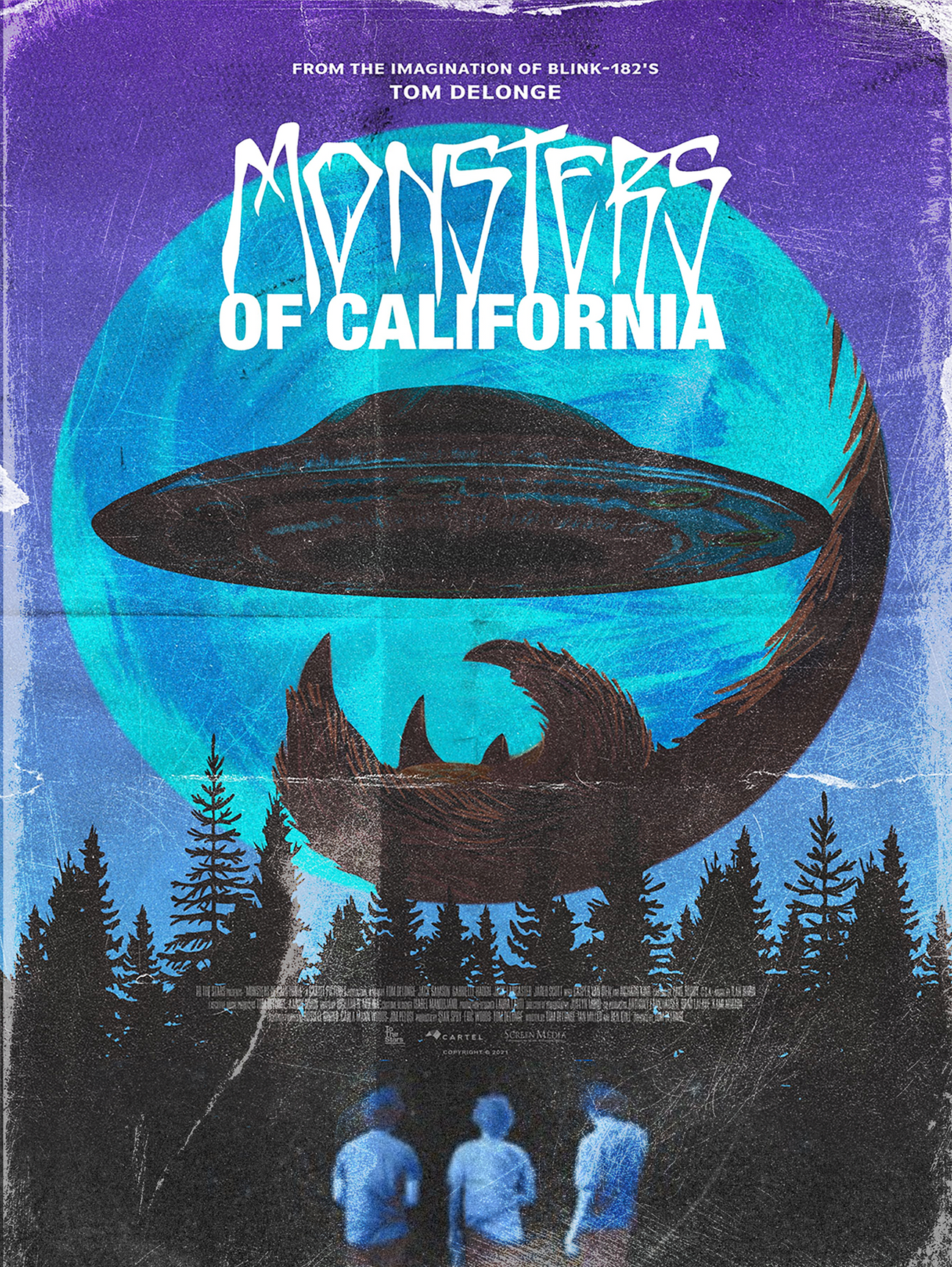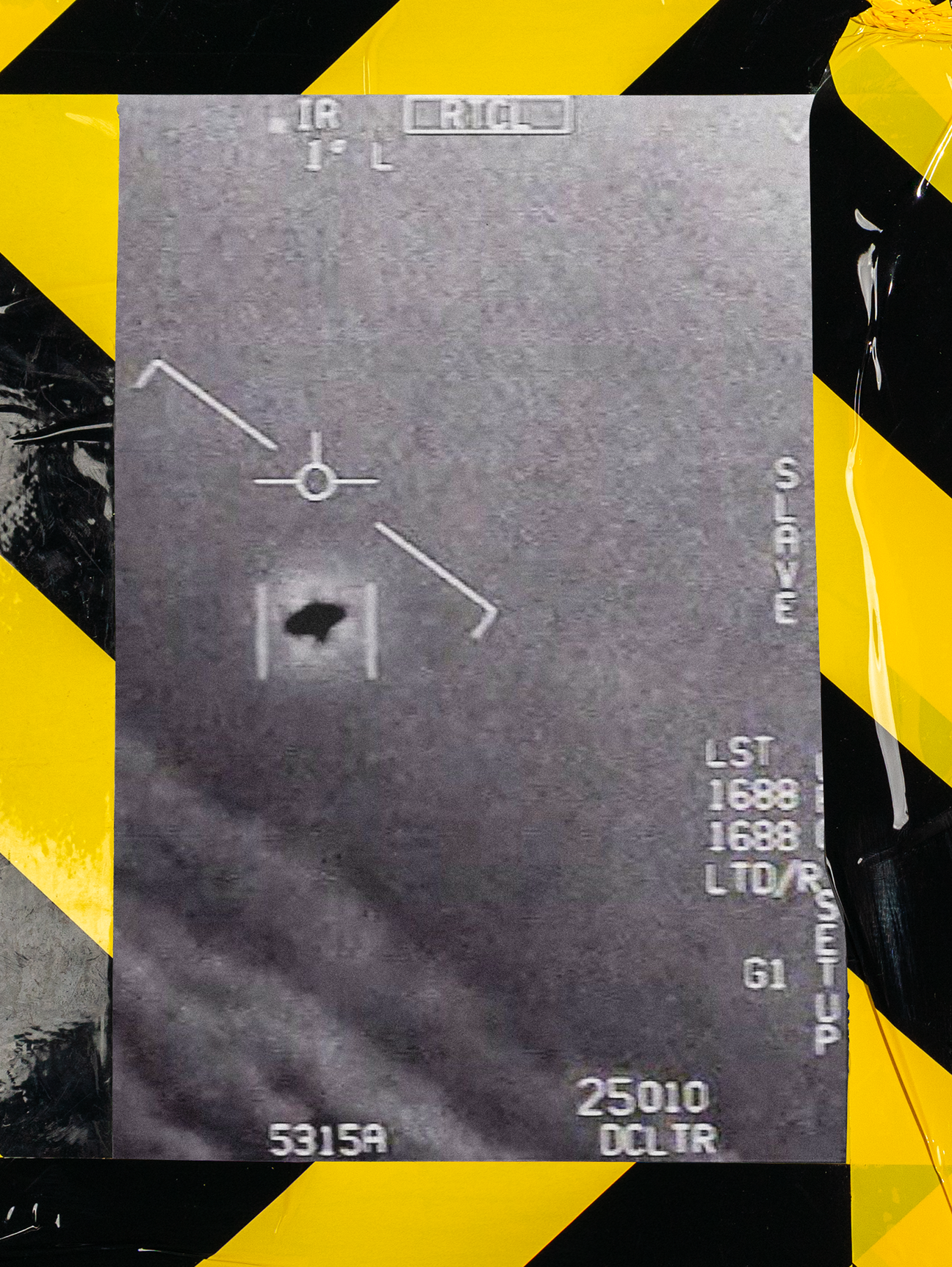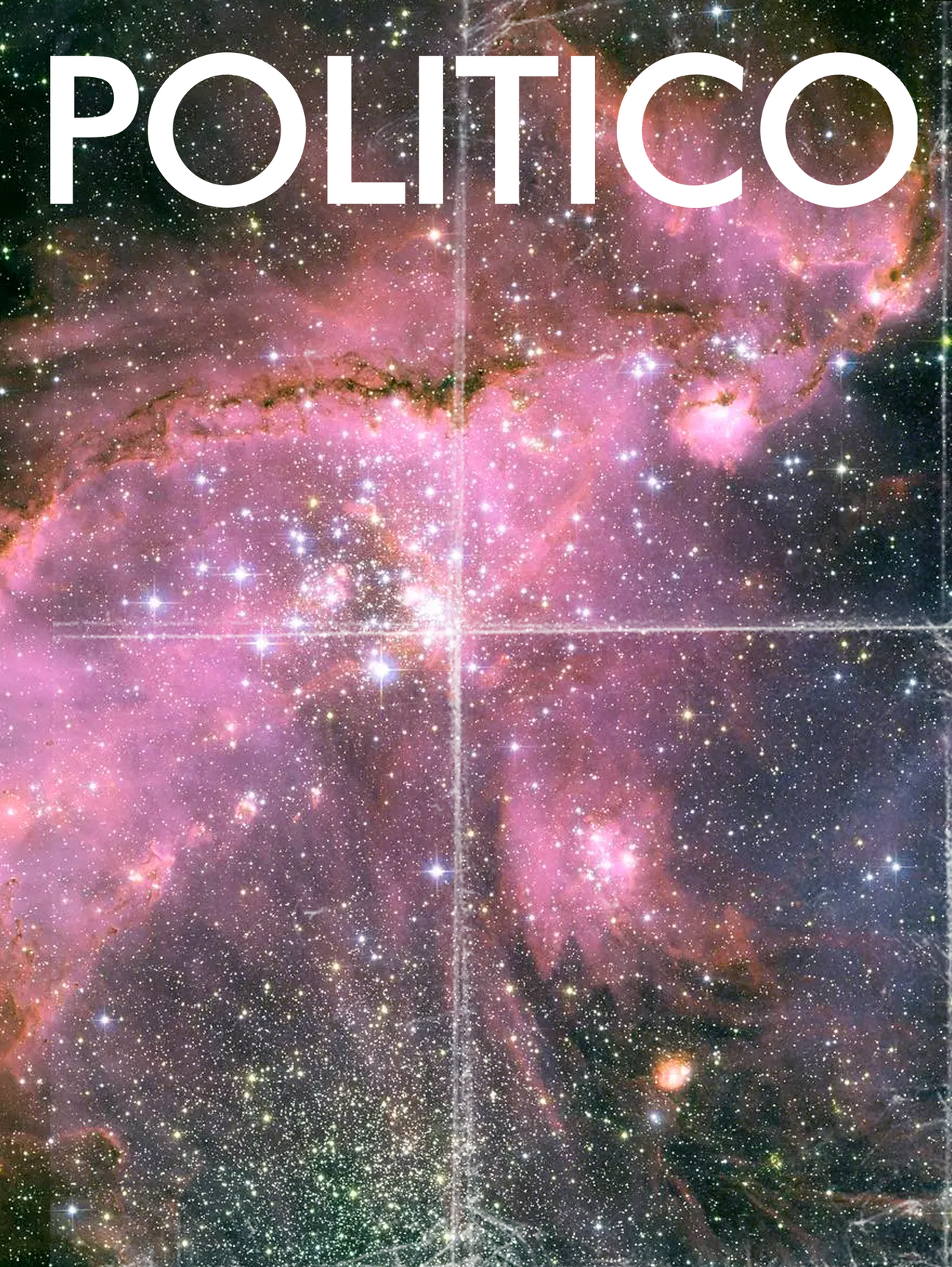
Q: What is a CRADA?
A: A CRADA is a mechanism for cooperative work between a government agency and another agency, either internal to the government or external, non-government. CRADAs are not limited to the U.S. Army Research Laboratory and are widely used across various government R&D agencies and facilities. A CRADA brings together researchers for cooperative projects between the agency and its chosen partner without an exchange of funds, property, or other exchanges that would otherwise require a contract. Traditionally, CRADAs are used for out-of-the-box projects or leading-edge technologies where both parties are interested in conducting research together for mutually beneficial information or investigatory benefit. An example of a CRADA that the U.S. Army has previously created is with General Motors, which focused on Fuel Cell research. The U.S. Army was interested in General Motors’ Fuel Cell technologies and General Motors was interested in the Army’s experience with off-road vehicles and operation. Therefore, the CRADA between the two organizations afforded the opportunity to investigate the use of Fuel Cells for rugged, austere, off-road environments, providing notable insights that both General Motors and the U.S. Army benefited from.
Q: What are the benefits of a CRADA?
A: CRADAs enable the U.S. Government and its scientists and engineers the opportunity for R&D of new leading-edge, disruptive and transformational technologies with minimal risk. If at any point during the CRADA agreement, either To The Stars Academy or the U.S. Army Combat Capabilities Development Command determines that the collaborative research isn't yielding the results or analysis that was initially anticipated, either can cancel the partnership without spending further resources. Additionally, through the CRADA, To The Stars Academy receives access to the U.S. Government’s leading-edge resources that a start-up of its size wouldn’t otherwise have access to. This includes highly skilled scientists, specialists and high-caliber laboratories that can accelerate and widen the scope of the testing and analysis required for the ADAM Project.
Q: How did To The Stars Academy secure a CRADA deal with the U.S. Army Combat Capabilities Development Command? What specifically was the U.S. Army interested in researching from To The Stars Academy that resulted in the creation of the CRADA?
A: The credentials of the people on the To The Stars Academy team who articulated the initial analysis of the materials is what caught the U.S. Army team's attention. To The Stars Academy team members are serious industry professionals with respected backgrounds in industry, materials science, and defense work. The U.S. Army approached To The Stars Academy in search of additional information about mechanical and electro-magnetic (EM) metamaterials and their Camouflage, Concealment, Deception and Obscuration (CCDO) capabilities, as well as creating a collaborative partnership to investigate secure quantum communications. After several meetings, the U.S. Army decided to seek a collaborative partnership with To The Stars Academy in the form of a CRADA.
Q: Will To The Stars Academy pay the U.S. Army for the use of their facilities?
A: There is no financial compensation to the U.S. Army for the use of their facilities. Similarly, To The Stars Academy will not be financially compensated for the use of their materials.
Q: Is To The Stars Academy’s recent partnership with TruClear and its projection/holographic technology connected to the CRADA?
A: TruClear will play a role in the CRADA, but the specific scope is yet to be defined. To The Stars Academy’s primary goal is to accelerate its R&D efforts through strategic partnerships, both within the government sector and with independent organizations, that will broaden the access to important resources such as skilled scientists and specialists who have access to high-caliber laboratories.
Q: Will To The Stars Academy’s relationship with the U.S. Government and the military on its R&D efforts create greater transparency around the findings of the research?
A: From To The Stars Academy’s perspective, this relationship signals unprecedented transparency and willingness to engage in the topic from a scientific perspective, while bridging the expertise from private and government sectors.
To The Stars Academy has been transparent and vocal since its inception about the fact that a cooperative relationship with both the U.S. Government and private industry is essential to the success and forward movement of its steadfast mission. As a technology leader, the U.S. Government can provide exceptional resources to accelerate testing and analysis that otherwise would be cost-prohibitive to a start-up the size of To The Stars Academy.
The U.S. Army's positive response to the high-profile nature of this agreement and To The Stars Academy’s mutual approval to publicly release the details of the CRADA displays the willingness and desire to be transparent with the public. This follows suit with the various public statements that To The Stars Academy’s partners within the U.S. Government have released in the past 24 months, after To The Stars Academy kicked off its educational efforts on behalf of its public benefit mission.
To The Stars Academy’s efforts also include documenting its work on History's TV series Unidentified: Inside America's UFO Investigation, which is currently being broadcast around the world, with plans to go more in-depth on the subject matter in season two.
Q: Is To The Stars Academy aiming to be a defense contractor?
A: To The Stars Academy is the first organization of its kind and is forging its own unique path in the realm of scientific phenomena and metamaterials research. Its research presents endless possibilities around potential future discoveries and the resulting applications for various uses. For example, materials science innovation made through R&D contracts similar to the CRADA during the Space Race alone resulted in thousands of breakthrough commercial products and created entirely new industries. Additionally, To The Stars Academy views the CRADA as an opportunity to improve the survivability of the brave men and women in uniform, as well as to significantly reduce the mass of armored vehicles.
Q: Where was To The Stars Academy’s material of interest obtained from?
A: To The Stars Academy has acquired material from various sources and does not comment on the specifics of its origin. Although, there are various claims around the origin of certain specimens that To The Stars Academy can’t substantiate, the CRADA will enable the organization to widen the scope of its research in order to verify other important characteristics and potential capabilities of its metamaterials. The organization continues to pursue material from a variety of sources including private and government sources.
Q: Which materials/technologies does To The Stars Academy currently have in hand and which ones are mostly still in the theoretical/research phase?
A: The maturity of the technologies in development by To The Stars Academy vary from that of purely theoretical to demonstrated capabilities. The active camouflage technology is an example of a very mature capability that builds off of existing systems. The secure quantum communications system has had laboratory demonstration of the physics principle and now the development will focus on transitioning the design to meet operational needs for bandwidth, waveforms, and hardware integration. The advanced material studies are still in theoretical investigation and experimentation phases, but provide the high payoff of increased survivability by significantly reducing the mass of armored vehicles.
Q: Do the active camouflage technologies that To The Stars Academy refers to rely on metamaterials?
A: The camouflage technology To The Stars Academy refers to has to do with an existing capability that is not connected with metamaterials. However, the organization believes that the research of its metamaterials could offer a similar capability down the road, but through a completely different mechanism.
Q: What other transformational technologies does the U.S. Army hope to work on with To The Stars Academy?
A: Neither organizations can provide this information at this time, as their main goal currently is to gather valuable insight and analysis on metamaterials through the CRADA.
Q: On a broader scale, can any company come in and create a CRADA to work within the U.S. Army Research Laboratory?
A: CRADAs can be created with any external entity within the limits of the law and reason, and when there's interest for both parties to do so. The U.S. Army forms CRADAs based on their consideration of the cost in terms of time and resources and the potential value of the research results that are anticipated from the CRADA.







